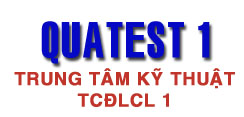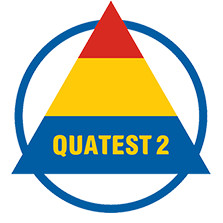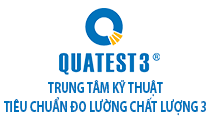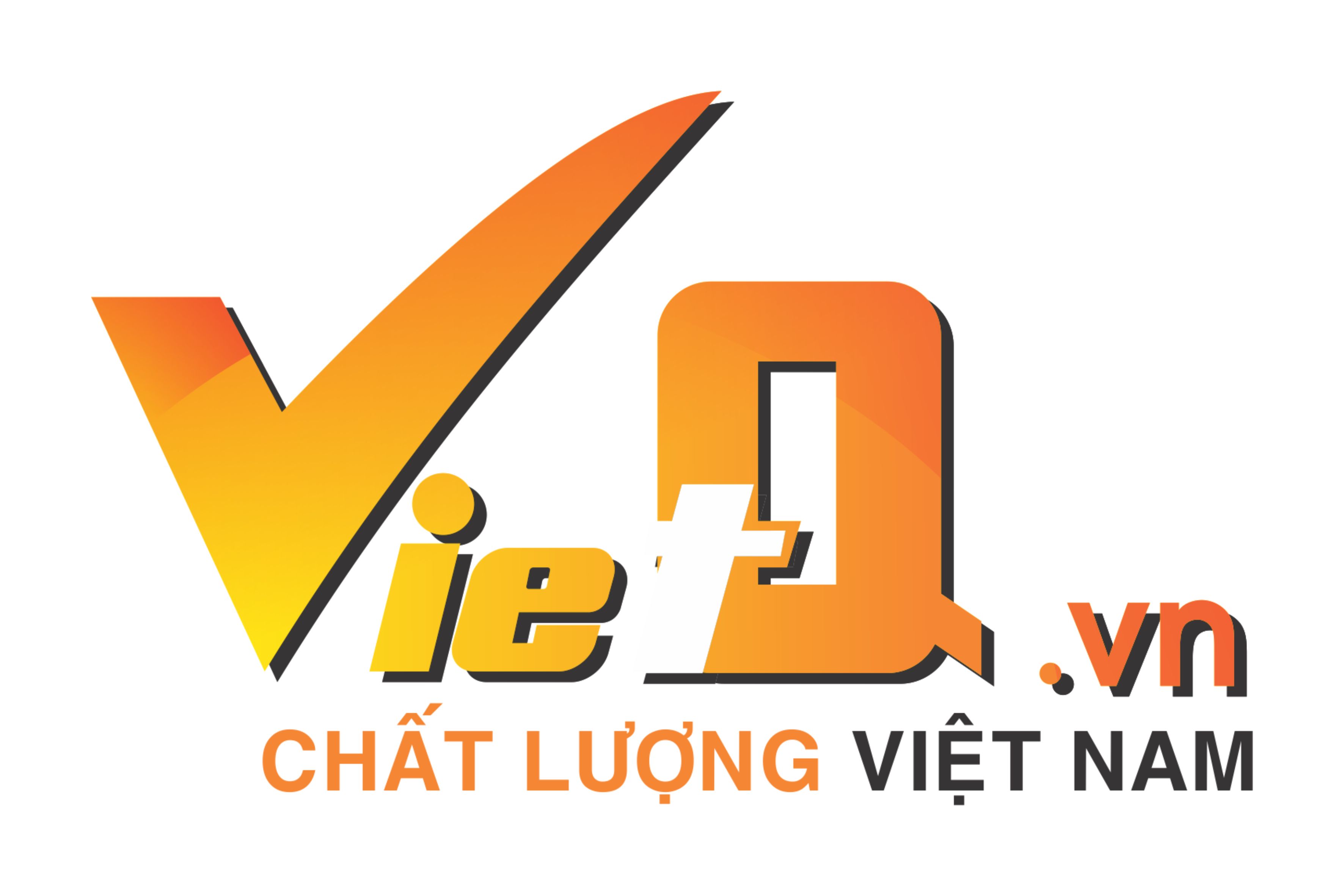Enhancing the capacity to verify/validate corporate greenhouse gas (GHG) inventory reports
Post date: Friday, Oct 11, 2024 | 9:19 - View count: 465
On October 9, Commission for the Standards, Metrology and Quality of Viet Nam (STAMEQ) organized a training session titled “Enhancing the capacity to verify/validate corporate greenhouse gas inventory reports.”
Green growth is a global trend and an inevitable development path for Vietnam. Vietnam has made a strong commitment with the international community to the goal of reducing greenhouse gas emissions to net zero by 2050, demonstrating a political determination in line with the nation’s interests and its economy’s growth potential. To implement this strategy, organizations and businesses must conduct GHG inventories. To support this activity, STAMEQ held the training session on October 9th.
In the opening speech of the training session, Dr. Ha Minh Hiep, Acting Director-General of STAMEQ, emphasized that GHG inventory is essentially an assessment of compliance and is closely linked to science and technology. Additionally, the Law on Standards and Technical Regulations will add two new concepts: verification of conformity and validation of compliance for GHG inventories. Over the years, to assist businesses, STAMEQ has established a GHG working group and conducted numerous training activities on greenhouse gases.
“We view GHG inventory from the perspective of quality management, as this is a compliance evaluation activity. The future path for GHG involves sustainable development (ESG) – environmental, social, and governance – which is the commitment of COP countries. Therefore, businesses and organizations implementing ISO 9000 or ISO 14000 should move toward ISO 14064,” Dr. Hiep emphasized.

Dr. Ha Minh Hiep – Acting Director-General of STAMEQ
At the session, Ms. Nguyen Thi Mai Huong, Head of the Quality Management and Conformity Assessment Department at STAMEQ, introduced the quality infrastructure related to GHG – the management standards for GHG.
According to her presentation, the GHG-related quality infrastructure in Vietnam focuses on the measurement, monitoring, reporting, and mitigation of GHG emissions, adhering to international and national standards. Vietnam is developing a comprehensive system to manage GHG to meet international commitments under the Paris Agreement on Climate Change.
Legal framework: The national laws and regulations related to climate change, particularly the Environmental Protection Law and specific decrees and circulars on GHG emissions.
Standards system: The national standard system of Vietnam (TCVN) and international standards like ISO 14064 for measuring, reporting, and verifying GHG emissions provide a foundation for emission reduction.
Technical infrastructure: Laboratories, measurement systems, verification, and technology devices for GHG monitoring and management.
Verification and validation organizations: Accredited organizations that conduct the monitoring and certification of the validity of GHG emissions reports from businesses and organizations.
She also mentioned that national standards for GHG include:
- TCVN ISO 14060: Providing clarity and consistency for quantifying, monitoring, reporting, and verifying GHG emissions and removal.
- TCVN ISO 14080: Greenhouse gas management and related activities – Framework and principles for climate action methodologies.
- TCVN ISO 14090: Climate change adaptation – Principles, requirements, and guidelines.
- TCVN ISO 14040: Environmental management – Life cycle assessment – Requirements and guidelines.
- TCVN ISO 14044: Environmental management – Life cycle assessment – Principles and framework.
The presentation also highlighted the challenges Vietnam faces in developing GHG-related quality infrastructure, including ensuring the accuracy, transparency, and compliance of GHG inventory reports with international practices. GHG inventory methods must meet international standards. Independent GHG verification and validation organizations need to meet international requirements. The expertise of GHG inventory and verification experts must be standardized.
Building and applying national standards in line with international standards not only helps Vietnam meet international commitments but also creates a more sustainable business environment amid the increasing complexity of climate change.
The training session attracted many businesses participating both in-person and online.
Sharing on the verification of GHG inventory reports at the session, Mr. Tran Quoc Dung, Director of the Certification Center (QUACERT), discussed the ISO 14064-3 verification/validation process, which includes:
- Pre-verification requirements.
- Selecting a qualified verifier.
- Planning the verification.
- Conducting the verification.
- Finalizing the verification.
- Conclusion and draft opinion.
- ndependent review of results.
- Issuing the official opinion.
Document Retention for Verification Includes:
- Relevant verification documents.
- Verification plans.
- Evidence collection plans.
- Personnel and timelines for evidence collection.
- Collected evidence.
- Requests for clarifications on significant errors and non-conformities from the verification results and conclusions.
- Exchanges regarding significant errors.
- Verification conclusions and opinions.
- Independent review results of the verification activities.
According to Mr. Dung, QUACERT’s GHG verification capacity is assessed through certifications of management systems such as ISO 9001, ISO 14001, ISO 45001, and product certification.
Recognition standards such as ISO 17029 (verification/validation) and ISO 14065 (greenhouse gas information verification/validation); Accredited organizations such as the Bureau of Accreditation (BoA), and BoA has been recognized by APAC (IAF); QUACERT’s application for recognition includes general manufacturing, cement production, and waste treatment.
Additionally, QUACERT has also been recognized for greenhouse gas programs, greenhouse gas inventory results according to ISO 14064-1, GHG verification reports according to ISO 14064-1, carbon footprint quantification results for products, and carbon footprint verification reports for products for organizations and businesses.
Regarding the difficulties in greenhouse gas (GHG) inventory activities and the verification of GHG inventory reports as required by Vietnamese law, Dr. Le Hai Hung from the Institute of Applied Technology stated that for businesses, the challenges include:
- Facing financial pressures (daily lives pressure)
- Not fully understanding the importance of GHG.
- Being unprepared, leading to a passive approach towards GHG inventory requirements.
- Not being aware of (or lacking) “penalties” for not performing GHG inventories.
There are some challenges for consultants conducting greenhouse gas (GHG) inventories:
- There may be difficulties in accessing GHG emission sources of businesses.
- A lack of a national data system on GHG emission performance of localities and businesses.
- Possibly lacking skills in quantifying emission scenarios, absorption, and GHG offsets. For example, emission performance in waste treatment, wastewater treatment, the use of renewable energy, activities involving the circular economy such as cogeneration power sources, and reusing excess heat.
- May not fully grasp the methodology for quantifying GHG emissions.
- May not be proficient in calculating the “uncertainty” when quantifying GHG emissions and preparing GHG inventory reports.
There are several challenges for the verification of GHG inventory reports:
- The legal framework for GHG inventory report verification is still unclear (Circular 01/2022/TT-BTNMT, Articles 9 and 12; ISO 14065: 2011).
- The workforce is very limited, with only five organizations: QUACERT, TUV NORD, SGS, ICB, and BSI.
Faced with these challenges, Dr. Hung made several suggestions, such as:
- The government must establish a legal framework for GHG inventory activities, including training, consulting, conducting GHG inventories, and assessing and certifying GHG inventory reports. In essence, GHG inventory is about “measuring, weighing, and calculating GHG emissions,” so STAMEQ must play a central role in overseeing GHG inventory activities.
- Specifically, it is necessary to research, develop, and issue documents, regulations, and standards related to GHG inventory activities based on the ISO 14064 series, IPCC guidelines, and aligned with Vietnamese practices.
- Organizing training on GHG inventory and verification of GHG inventory reports, especially ISO 14067: 2018 on the carbon footprint.
- Preparing for field-level GHG inventory report verification.
- QUACERT could serve as a model to further develop the verification of GHG inventory reports nationwide.

During the training session, speakers shared insights on the advantages and challenges of conducting GHG inventories at businesses, presented by Ms. Pham Thi Soan, from the GHG Management Group of Taya Electric Wire & Cable Joint Stock Company – Hai Duong Branch.
- The current status of the quality of corporate GHG inventory reports during independent verificationwas presented by Ms. Tran Thi Ngoc Anh, GHG verification/validation specialist from QUACERT.
- International experiences in GHG inventory report verification/validationwere shared by Prof. Dr. Tuan Ngo from the University of Melbourne, Australia.
- The GHG inventory – verification software introduced by STAMEQ was presented by Assoc. Prof. Dr. Nguyen Phi Le, Director of the International Research Center on Artificial Intelligence – Hanoi University of Science and Technology (BKAI)
Ngoc Minh – The International Cooperation Department




















